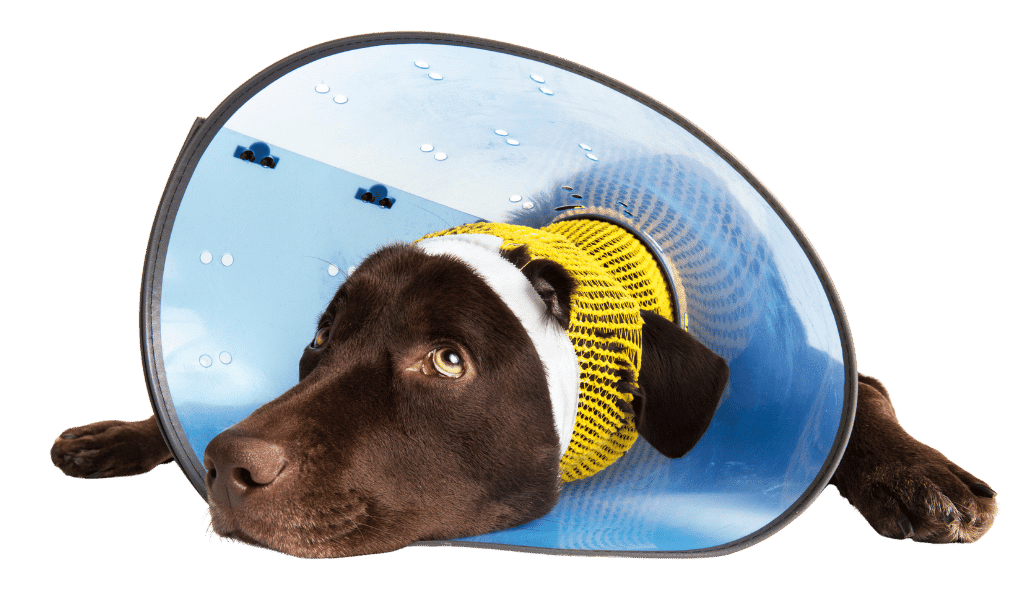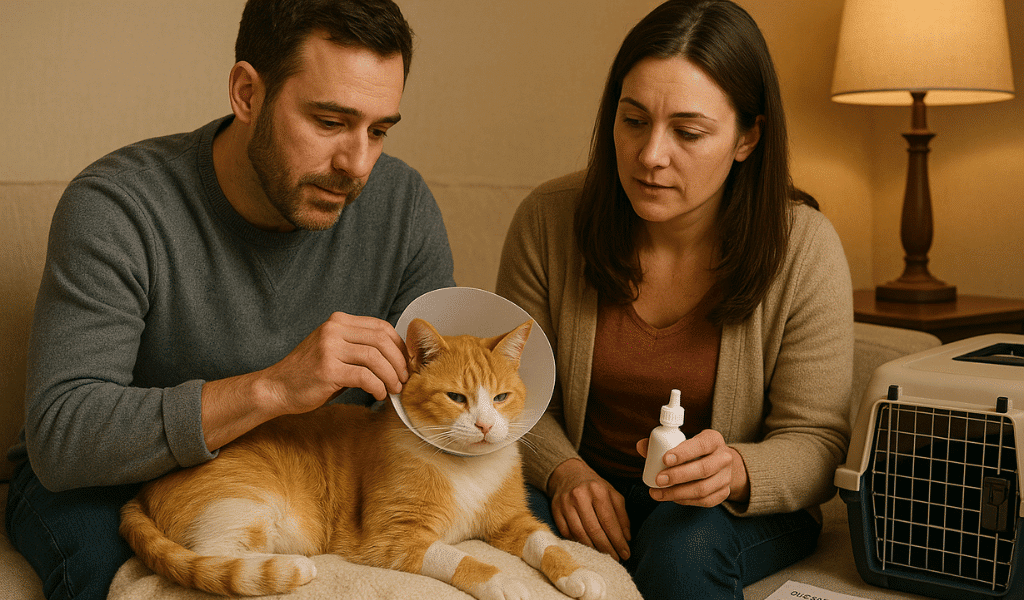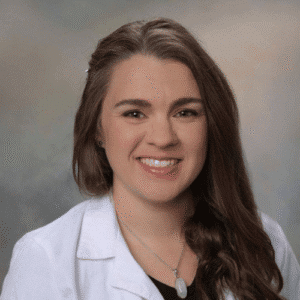What to Expect After Your Pet’s Surgery: Recovery Tips

Understanding Your Pet’s Surgery Recovery: What Billings Pet Owners Should Know
The period following your pet’s surgery can be stressful and overwhelming — especially if you’re unsure of what to expect. It’s normal to worry about whether your pet is healing properly or how to care for them in the days after their procedure. Rest assured, this article will walk you through a general recovery timeline and help you recognize what’s typical during post-operative healing.
Most pets recover from surgery within about two weeks, though the exact timeline depends on the procedure and the individual animal. In the first few days, it’s common for pets to feel groggy or sleep more than usual. You may also notice mild behavior changes like reduced appetite or discomfort as the anesthesia wears off.

Quick Recovery Tips After Your Pet’s Surgery
- Expect grogginess for 24–48 hours as anesthesia wears off — this is normal.
- Mild appetite loss is common — offer small, enticing meals if needed.
- Limit activity — no running, jumping, or rough play during healing.
- Monitor the incision site daily for swelling, discharge, or redness.
- Give all prescribed medications on schedule — don’t skip doses.
- Create a calm recovery space with minimal noise and foot traffic.
- Watch for changes in behavior like anxiety, clinginess, or pain.
- Follow-up visits matter — they're key to safe healing.
- Most pets feel better within 1–2 weeks, with steady improvement each day.
- Call your vet with any concerns — no question is too small.
It’s important to monitor your pet’s incision site for swelling, discharge, or signs of infection. Your veterinarian may prescribe medications such as pain relievers, antibiotics, or anxiety medications to keep your pet comfortable during recovery.
A quiet, cozy space is essential to help your pet rest and heal. Follow-up visits may also be needed to ensure everything is progressing normally. With proper care, most pets regain their energy and bounce back to their usual selves quickly.
If you’re a Montana pet owner and have any concerns (big or small), please call call Caring Hands Veterinary Hospital in Billings. If it’s after hours and you believe it’s an emergency, contact an urgent care or emergency veterinary clinic in your area.
In the next sections, we’ll walk through each phase of recovery so you know exactly what to expect.
The First 24 Hours After Surgery: What Pet Owners Should Expect

Grogginess and Disorientation
Appetite Loss and Fewer Bowel Movements
How to Monitor Your Pet’s Vital Signs at Home
- Temperature: Take your pet’s temperature rectally using an inexpensive oral thermometer (designated only for your pet). Normal temperatures are:
- Dogs: 99.5°F to 102°F (37.5°C to 38.9°C)
- Cats: 100°F to 101.5°F (37.8°C to 38.6°C)
- Gum Color & Capillary Refill Time: Gums should be healthy pink. Press gently on the gums — the color should return within 2 seconds. Pale (white), bright red, gray, or blue gums may indicate a serious issue. Some pets have natural black or blue pigment spots, so compare with your pet’s normal.
- Respiration Rate: Resting pets should breathe 16–30 times per minute. A lower rate is normal during deep sleep.
- Exotic pets (birds, reptiles, ferrets, etc.): Recovery expectations can vary greatly depending on the species. Your veterinarian should provide specific post-op care instructions tailored to your pet. Avoid attempting procedures like temperature checks unless you’ve been shown how — especially with small or sensitive animals like birds.
When to Call Your Vet
Quick Tips for the First 24 Hours After Pet Surgery
- Expect grogginess and disorientation — anesthesia takes time to wear off.
- Your pet may have a reduced appetite or skip meals — this is normal.
- Fewer bowel movements are common due to pre-surgery fasting.
- Keep your pet in a quiet, low-stress space to help them rest and heal.
- Monitor vital signs like temperature, respiration, and gum color.
- Don’t allow licking or scratching the incision site.
- Follow all medication instructions exactly as prescribed.
- Call your vet if your pet seems overly groggy, in pain, or if anything feels “off.”
Days 2–3 After Surgery: Home Care, Incision Tips, and Activity Limits
Two to three days after surgery, your pet will likely still be recovering, so it’s important to make adjustments to their home care. Incision care is crucial during this time—gently inspect the surgical site for any signs of redness, swelling, or discharge, as these could indicate infection. If you notice anything unusual, be sure to contact your vet.
It’s also important to limit your pet’s physical activity, keeping them calm and preventing running, jumping, or any vigorous movement that could interfere with their healing process. This means providing a quiet, confined space for your pet to rest.
If pain medications or antibiotics were prescribed, be sure to strictly adhere to the dosage and schedule given by your vet. Missing doses or adjusting the medication schedule could hinder your pet’s recovery. By maintaining these precautions, you’ll help ensure your pet heals comfortably and without complications
Post-Surgery Home Care Tips for Day 2–3
- Check the incision site daily for redness, swelling, or discharge.
- Keep your pet calm and prevent jumping, running, or rough play.
- Follow all medication instructions exactly as prescribed
- Set up a quiet, comfortable space for recovery.
- Call your vet if you see anything unusual or concerning.
One Week After Pet Surgery: Healing Signs and Common Challenges

About one week after surgery, you should begin to see signs that your pet is healing. They may seem more energetic, and any swelling around the incision site should be minimal or gone — though it might still be a little tender or sensitive to the touch.
This is also when new challenges often arise. Healing skin can feel itchy, and your pet may try to lick or scratch at their incision site. To prevent complications, it’s highly recommended to use an Elizabethan collar (e-collar) or protective clothing, if appropriate, to block access to the area.
You may also have a follow-up visit scheduled around this time. During the appointment, your veterinarian will check the incision, assess healing progress, and remove any sutures if needed. Your vet may also offer further guidance on home care.
Even if your pet is feeling better, activity should still be restricted to ensure proper healing continues.
One-Week Recovery Tips: Itch Control, Activity Limits, and Vet Follow-Ups
- Look for signs of healing: less swelling, more energy, stable behavior.
- Prevent licking or scratching with an e-collar or protective clothing.
- Watch for itching — it’s normal, but interfering with the incision is not.
- Stick to restricted activity, even if your pet seems ready to play.
- Attend your scheduled follow-up visit for a healing check and possible suture removal.
Two Weeks After Surgery: Final Recovery Phase and Warning Signs

Two weeks or more after your pet’s surgery, you should see noticeable improvements in their recovery. Many pets are gradually returning to their normal activities at this point, though it’s essential to follow your veterinarian’s recommendations closely.
If approved by your vet, you may begin introducing longer, light walks or short play sessions to help your pet rebuild strength and stamina. Always start slow and avoid strenuous activities like running or jumping until your vet gives the go-ahead.
By now, the incision should be well on its way to healing. Swelling or redness should be minimal, and the skin should be mostly closed. If your pet had stitches, this is typically when they’ll be removed. At Caring Hands Billings, suture removals are complimentary — no extra charge to you.
Even at this later stage, it’s important to watch for delayed complications. Check the incision for new redness, swelling, or discharge, and monitor your pet for any signs of pain, lethargy, or appetite loss. If anything feels off, don’t hesitate to contact your veterinarian. Staying alert ensures a safe, complete recovery.
Final Stage Recovery Tips (Two Weeks and Beyond)
- Gradually reintroduce light walks or play sessions — only if cleared by your vet.
- Incision should be mostly healed — minimal redness or swelling.
- Sutures may be removed at this time (free at Caring Hands Billings).
- Continue monitoring for infection signs: redness, swelling, or discharge.
- Watch for behavior changes like pain, lethargy, or appetite loss.
- When in doubt, contact your vet — it’s always better to check.
Common Post-Surgery Issues in Pets: What’s Normal and What’s Not

1. Appetite Changes
2. Behavioral Changes
Increased anxiety, clinginess, restlessness, or grumpiness can occur as your pet adjusts to post-surgery discomfort and restrictions. These behaviors are typically temporary. If they persist or worsen, consult your vet for strategies to reduce stress and support recovery.
3. Unexpected Side Effects
Vomiting, diarrhea, fever, extreme lethargy, or signs of depression should not be ignored. These can sometimes be side effects of medications like antibiotics or anti-inflammatories, but they could also signal infection or other complications that require immediate attention.
4. Incision Site Problems
Watch for excessive redness, swelling, discharge, or reopening of the wound. These symptoms often indicate infection or delayed healing. Early intervention is critical, so contact your veterinarian right away if you notice any of these issues.
How Caring Hands Veterinary Hospital Supports Your Pet’s Recovery
At Caring Hands Billings, each case is unique. Just because a surgery is routine, does not mean it is easy or without risks. This is why we stress the importance or re-check appointments or post-operative consultations to ensure the health and wellbeing of your pet, and the success of the procedure. We will outline personalized recovery plans where necessary, and give you the tools needed for a relatively stress-free experience.
Even if your pet’s surgery was performed at another clinic, we’re happy to assist with recovery support, wound checks, and medication questions.
Let’s Make Recovery Easier—for Both of You
Call Our Caring Team
We're here to answer your post-surgery questions and help you schedule care.
Book Online Anytime
Whether it's surgery, a recheck, or general advice—we’ve made booking simple.
About the Author

Dr. Erin Maxted, DVM
Dr. Maxted is a veterinarian at Caring Hands vet here in Billings Montana with a background in veterinary tech work and a passion for internal medicine, sports medicine, and conservation. She brings a decade of hands-on experience to every patient she sees.

Dr. Erin Maxted, DVM
Dr. Maxted is a veterinarian at Caring Hands vet here in Billings Montana with a background in veterinary tech work and a passion for internal medicine, sports medicine, and conservation. She brings a decade of hands-on experience to every patient she sees.